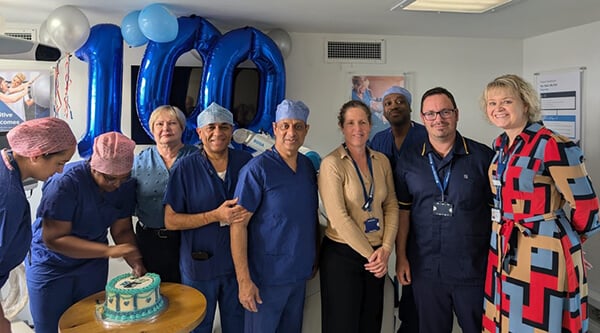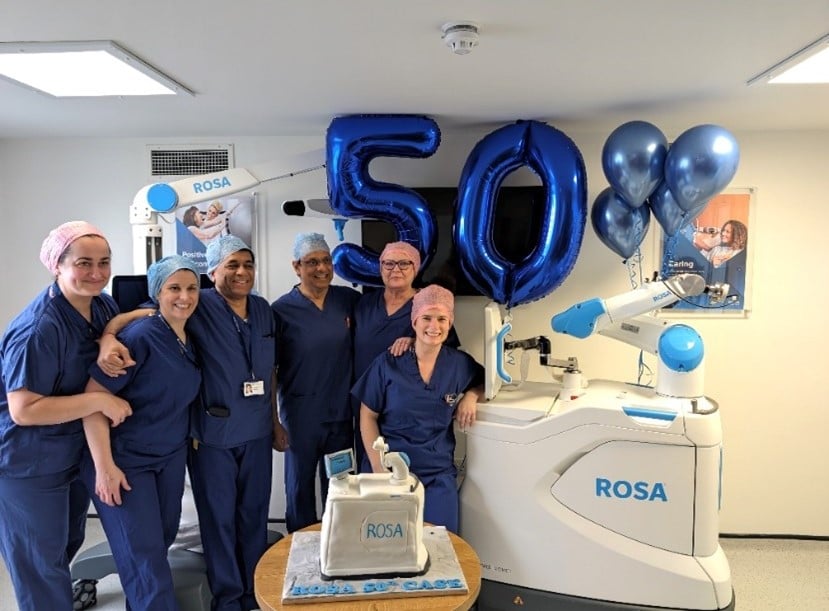Woodland Hospital Specialists
-
-
Miss Sreeparna Biswas
Miss Sreeparna Biswas is a Consultant Gynaecologist in Kettering, Woodland Hospital.
Read more -
Mrs Hazarathamma Makam
Mrs Hazarathamma Makam is a Consultant in Obstetrics and Gynaecology in Northamptonshire
Read more -
Mr Krishen Sieunarine
Mr Krishen Sieunarine is a Consultant Gynaecologist Surgeon at the Woodland Hospital specialising in menstrual dysfunction, pelvic pain, ambulatory gynaecology, cancer diagnostics, minimal access surgery, colposcopy, subfertility and menopause
Read more


